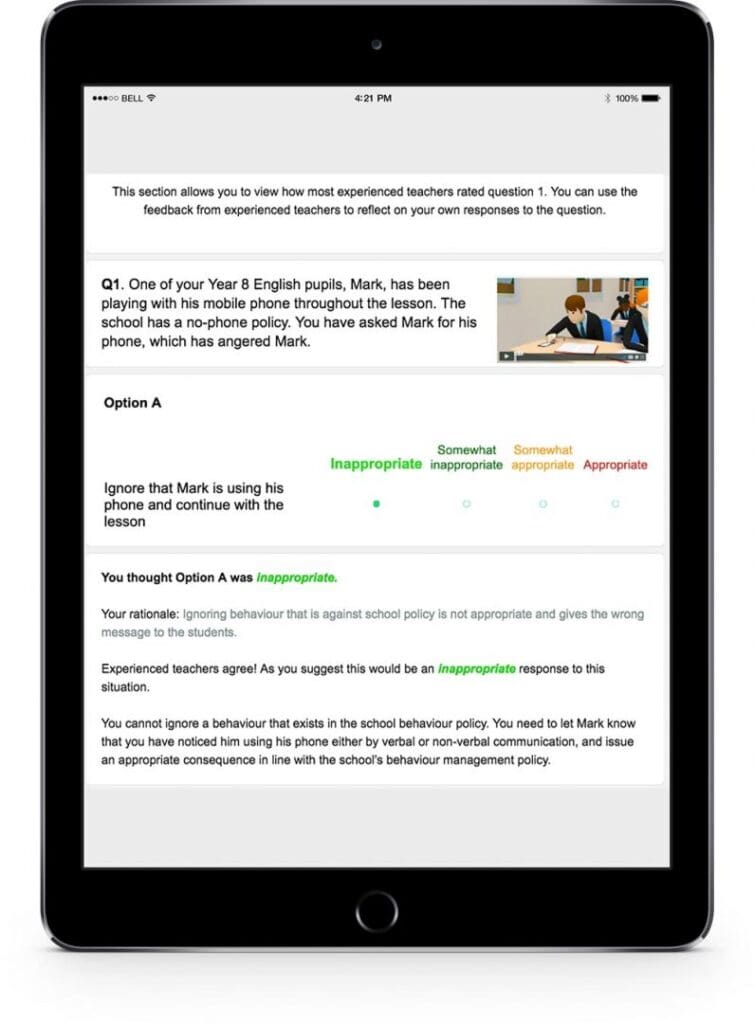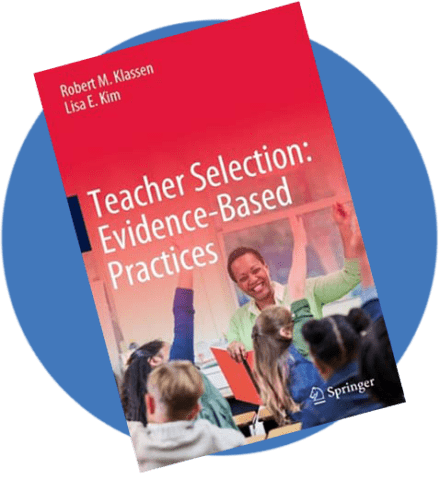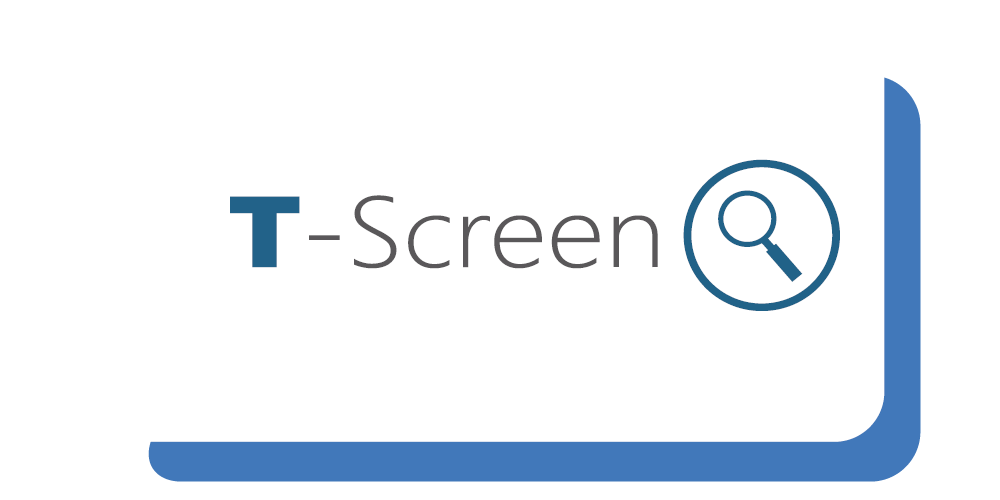Should SJTs used for teacher selection be context-free or context-rich?
December 2021
Comparing context-free and context-rich teacher selection tools
When it comes to selecting candidates for teacher education, it can be difficult to identify the best applicants. There is a growing research base that supports the use of situational judgment tests (SJTs) as an effective selection method. For example, Klassen and Rushby (2019) showed that SJTs are one of the best predictors of performance during teaching placements. SJTs are a selection method that exposes applicants to challenging ‘real-life’ workplace situations, and then requires them to make judgments about the most appropriate course of action in response to the situation.
There is some debate about the kind of SJT that is most effective for selection. SJTs differ in the nature of the situations presented to applicants: some SJTs are ‘context-free’; that is, they represent a wide range of workplaces. Other SJTs are ‘context-rich’, and represent a particular workplace; for selecting teachers, the context is likely to be a school or a classroom. Context-free SJTs have the advantage that a single test can be used to select people into any workplace. A context-free SJT might ask applicants to teacher education to respond to a situation depicting a difficult retail interaction, or a dispute about financial misbehaviour. On the other hand, context-rich SJTs are tailored to a particular vocation. A context-rich SJT to select teachers will present applicants with education-rich situations, like a classroom or school playground.

Which is better? Context-free or context-rich?
There is divided opinion among researchers and test developers on the importance of contextualizing SJTs. Lievens and Motowidlo (2016), for example, note that context-free SJTs are designed to measure specific attributes like resilience or time-management in a clear and explicit way, without reference to a particular situation. Because of this, they argue that SJTs measure attributes that are useful regardless of the context. Other SJT theorists and researchers disagree. For example, Fan et al. (2016) argue that, although certain attributes are useful across multiple professional contexts, it is the ability to understand when and how to express those attributes that make SJTs more effective than other measures of personal characteristics.
Pros and cons of using context-rich SJTs for teacher selection:
| Pros | Cons |
|
|
How much does context affect SJT performance?
In addition to measuring implicit attributes, SJTs also assess applicants’ perception and ability to recognise what response is appropriate. A series of studies recently published by Freudenstein et al. (2020) tested the importance of this aspect of SJTs. The authors found that test-takers’ perceptions of the situation predicted responses better than personality, emotion recognition, and mental ability. This suggests that situation perception plays a pivotal role in determining SJT responses. For SJTs used in teacher selection, providing job-relevant situations may be essential to understand how applicants may act in an authentic classroom environment.
SJTs can also be designed with specific geographical and educational contexts in mind. Researchers affiliated with TSP conducted a cross-national comparison which found that core non-cognitive attributes (i.e., communication, adaptability, organization) identified as important for teaching in England were also deemed vital in Finland, Malawi, and Oman (Klassen et al., 2018). However, each non-English setting also proposed additional attributes that they believed to be essential to successful novice teaching. This suggests that although some attributes predict teaching ability in multiple contexts, SJTs should probably be adapted to suit unique teaching demands in particular geographical and cultural contexts.

What does TSP offer?
TSP are world leaders in research on Teacher Succession. In addition to multiple peer-reviewed articles on the use of SJTs for teacher selection, we literally ‘wrote the book’ on the topic (Teacher Selection: Evidence-based practices; Klassen and Kim, 2021). Our experience and expertise are reflected in how we have developed our selection tools and how we collaborate with partners. We have developed SJTs for use around the world, including the UK, multiple European settings, rural and remote Australia (Durksen and Klassen, 2017), Oman (Al-Hashmi and Klassen, 2018), and Africa.
We have developed a suite of SJTs—called T-Screen—to use with applicants for selection into early years, primary, and secondary teacher education and employment. Our T-Screen SJTs have been tested on over 80,000 applicants in nine different countries. T-Screen can be used for screening applicants for teacher education programs or teaching jobs. We use an integrated ‘construct-informed’ approach, in which context-rich situations are mapped onto target attributes such as adaptability and emotion management. By employing this approach, we avoid relying on applicants’ pedagogical knowledge and keep the focus on evaluating the key attributes in real-life school contexts. Research shows that our SJTs predict important outcomes, and applicant reactions are positive: applicants find our SJT fair, engaging, and appropriate. Moreover, T-Screen SJTs can be adapted for use anywhere in the world, at any time, making them incredibly accessible and cost-efficient. Identifying the best candidates for teaching is challenging, but our context-rich T-Screen SJTs make the process more effective and more efficient.

To find out more about our research into SJTs and other recruitment and development tools, visit our research page.
Find Out More

Find Out More
Make time sensitive offers with confidence using our context-rich Situational Judgment Tests (SJTs) to assess the behavioural characteristics of your candidates and their fit for teaching as a career. Reduce bias in your selection processes and widen the talent pool by looking beyond cognitive attributes.
